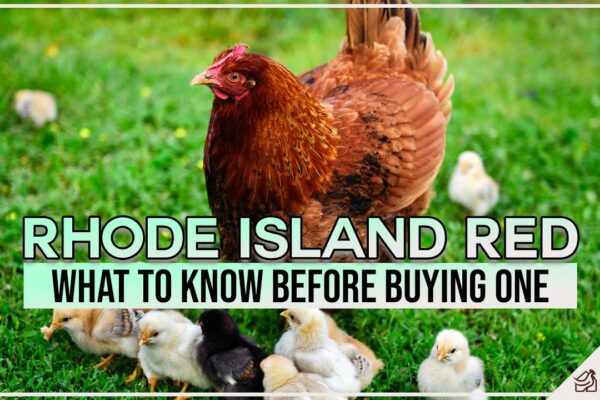
Are Rhode Island Reds known for being aggressive?
Rhode Island Reds, a breed of chicken that originated in the United States, are known for their robustness and productivity. However, there is a common misconception that they are aggressive. In reality, their temperament largely depends on how they are raised and handled. With proper care and socialization, Rhode Island Reds can be docile and friendly. It is essential to prioritize their well-being and provide them with a suitable environment to foster a calm and peaceful disposition.


